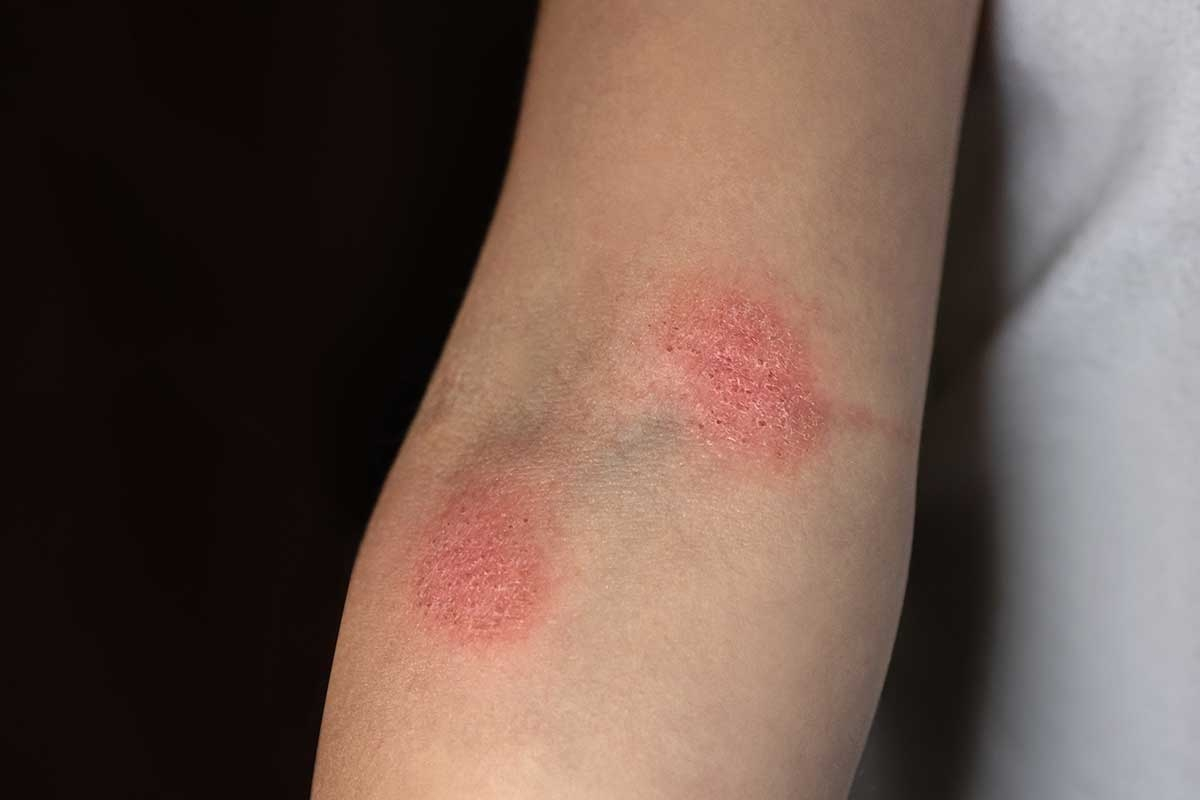Fungal Infections (Mycosis): Causes, Types, Symptoms, and Treatments
Fungal infections, commonly referred to as mycosis, are a widespread issue that can affect the skin, nails, or hair. Particularly prevalent in warm and humid climates, mycosis can lead to discomfort and, in severe cases, complications. Identifying and treating fungal infections early is key to preventing their spread and recurrence.
What Is Mycosis?
Mycosis is a condition caused by fungi such as dermatophytes, yeasts, or molds. These microorganisms thrive in warm, moist environments, making the human body an ideal host in certain conditions.
Definition and Characteristics
Fungal infections occur when fungi invade the skin, nails, or hair, disrupting normal tissue. Although often mild, untreated mycosis can lead to more significant health concerns, including secondary infections or chronic conditions.
Commonality of Mycosis
Mycosis is not uncommon, with millions affected worldwide annually. From athlete’s foot to nail infections, it is a pervasive issue that necessitates prompt attention and treatment.
Causes of Mycosis
The development of mycosis is influenced by environmental, lifestyle, and health-related factors.
Risk Factors
- Climate: Warm and humid conditions facilitate fungal growth.
- Hygiene habits: Poor hygiene or wearing tight, non-breathable clothing can exacerbate the issue.
- Surface contamination: Shared spaces like gym floors, swimming pools, or communal showers are breeding grounds for fungi.
- Weakened immunity: Conditions like diabetes or immune suppression increase susceptibility.
Modes of Transmission
- Direct contact: Fungi can spread through skin-to-skin contact with an infected person or animal.
- Contaminated objects: Shared towels, shoes, or personal care items can harbor fungi and transfer them to a new host.
Types of Mycosis
Fungal infections manifest in different ways, depending on the affected area and fungal species.
Tinea Corporis (Ringworm of the Body)
- Circular patches with red, scaly borders.
- Often found on exposed areas like the arms, legs, or trunk.
Tinea Pedis (Athlete’s Foot)
- Affects the feet, causing peeling, cracking, and intense itching, particularly between the toes.
- Can spread to the nails or hands if untreated.
Tinea Cruris (Jock Itch)
- Red, itchy patches in the groin or thigh area.
- Often exacerbated by sweating and tight clothing.
Tinea Capitis (Scalp Ringworm)
- Scaly patches on the scalp, sometimes leading to hair loss.
- Common in children but can affect adults too.
Onychomycosis (Nail Fungus)
- Causes nails to thicken, discolor, and become brittle.
- Often persistent, requiring prolonged treatment.
Candidiasis
- Yeast infection affecting moist body areas like the mouth (oral thrush) or genitals.
- Common in individuals with compromised immune systems.
Pityriasis Versicolor
- Discolored patches on the skin, usually on the chest or back.
- These areas may not tan, leading to noticeable light or dark spots.
Symptoms of Mycosis
Understanding the signs of mycosis is crucial for timely diagnosis and treatment.
General Symptoms
- Itching and redness: Often the first noticeable signs.
- Scaling and peeling: Dry, flaky skin is a common indicator.
- Lesions or patches: Ring-shaped rashes or uneven discolorations.
Specific Symptoms by Type
- Athlete’s foot: Cracks and foul odor.
- Nail fungus: Thickened, brittle nails that may separate from the nail bed.
- Pityriasis versicolor: Patches that do not tan, resulting in uneven skin tone.
Diagnosing Mycosis
Accurate diagnosis is essential for effective treatment and preventing recurrence.
Clinical History
A detailed medical history helps identify potential risk factors, such as recent contact with infected individuals or exposure to high-risk environments.
Physical Examination
Dermatologists examine the skin, nails, or hair to identify characteristics typical of fungal infections, like the shape and texture of lesions.
Laboratory Tests
- Skin scrapings: Samples are analyzed under a microscope to confirm fungal presence.
- Fungal cultures: Help determine the specific type of fungus for targeted treatment.
Treatments for Mycosis
Mycosis is treatable with a combination of antifungal medications and good hygiene practices.
Topical Treatments
- Creams and ointments: Clotrimazole, terbinafine, and miconazole are effective for localized infections.
- Shampoos: Ketoconazole-based products are commonly used for scalp infections and pityriasis versicolor.
Oral Medications
- Systemic antifungals: Fluconazole, itraconazole, or griseofulvin are prescribed for extensive or persistent cases, such as onychomycosis or scalp infections.
Supportive Care
- Hygiene: Keeping the affected area clean and dry is essential.
- Avoid scratching: Reduces the risk of bacterial infections.
Targeted Treatments
- Nail fungus: Prolonged oral antifungal treatment or laser therapy.
- Pityriasis versicolor: Selenium sulfide shampoos or topical azoles for recurrence prevention.
Preventing Mycosis
Prevention plays a vital role in managing fungal infections, particularly in high-risk environments.
Personal Hygiene
- Thoroughly dry the skin after bathing, especially in folds and between toes.
- Wear breathable, moisture-wicking fabrics to reduce sweating.
Environmental Precautions
- Avoid walking barefoot in communal areas.
- Regularly clean personal items like shoes, towels, and bedding.
Healthy Lifestyle
- Maintain a balanced diet and exercise to strengthen the immune system.
- Avoid prolonged exposure to damp or humid environments.
Complications of Mycosis
Without proper treatment, mycosis can lead to more serious issues.
Secondary Infections
- Persistent scratching can introduce bacteria, resulting in conditions like cellulitis or impetigo.
Chronic Cases
- Nail fungus can lead to permanent deformities.
- Scalp infections may cause scarring and irreversible hair loss.
Spread to Others
- Infections can spread to other parts of the body or infect close contacts, emphasizing the need for swift treatment.
When to See a Doctor
It’s important to seek medical attention if:
- Symptoms persist despite using over-the-counter treatments.
- Lesions become extensive, painful, or involve the scalp or nails.
- Recurrent infections occur, potentially indicating an underlying condition.
Conclusion
Fungal infections are common but manageable with proper treatment and preventive care. Recognizing the symptoms early and maintaining good hygiene can prevent complications and recurrence.
Schedule an appointment with the specialists at Clinic Consultation for personalized diagnosis and treatment of fungal infections.
